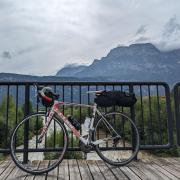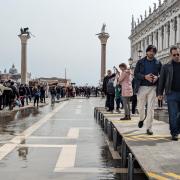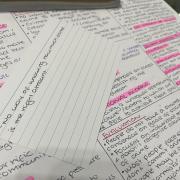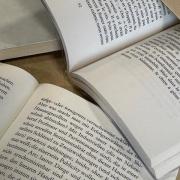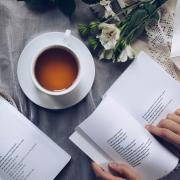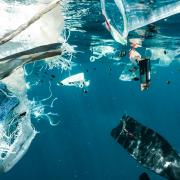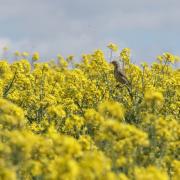
This summer, I was given the opportunity to capture this image of a honey bee helping the environment one flower at a time, and it led me to wonder what a world without these animals would look like.
Globally, the number of pollinators is in decline and if no action is taken it will affect food security, the economy, biodiversity and the stability of ecosystems. The UN’s Intergovernmental Panel for Biodiversity Ecosystem Services (IPBES) pollinator assessment, published in 2016, found that seventy-five percent of the world’s food crops depend on pollination by at least one of the 20,000 species of pollinators. However, it also warned that more than 40 percent of invertebrate pollinator species, particularly bees and butterflies, face extinction and this will have enormous impacts on the environment.
It is often estimated that one-third of the food you eat comes from insect pollinators, including many fruits and vegetables. Pollinators are vital to creating and maintaining the habitats and ecosystems that many animals rely on for food.
In 2016, seven species of bees were added to the US list of endangered species, which meant that scientists and the public became very concerned for their decline. This included Darshali, a student in Year 11, who shared her concern about the situation with me and said ‘I think that these pollinators play a vital role within the cycle of life. Without them, certain processes will not occur which could harm the environment’.
There are common threats that affect pollinator health and contribute to their decline, including habitat loss, pesticide exposure, global warming, diseases and parasites. However, lockdown has put many insect-harming practises on hold, creating a safer environment for them. Many conservationists hope that some of these changes can stay so that there can be hope for many of the endangered pollinators.
Luckily, there are many ways that you can get involved and help to reduce the risk to pollinators. The national trust suggested a few ways to do this, including reducing the use of pesticides; planting a diversity of pollinator friendly plants into your gardens; maintaining patches of natural habitat; and providing a source of drinking water.
If you would like to read more on this topic you can go to https://www.wildlifetrusts.org/wildlife-and-wild-places/saving-species/save-bees-and-pollinators, https://www.nationalgeographic.com/news/2015/05/150524-bees-pollinators-animals-science-gardens-plants/ and many more sites that can help you to get involved.




